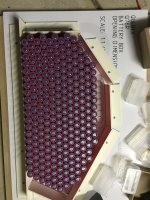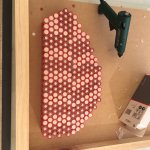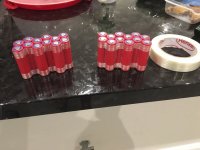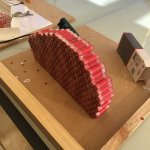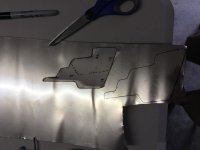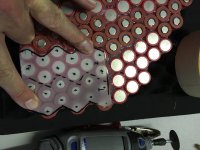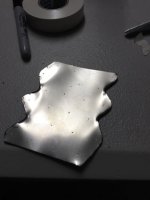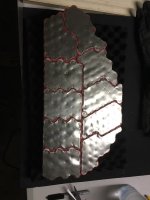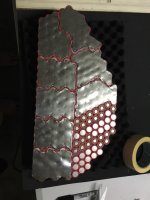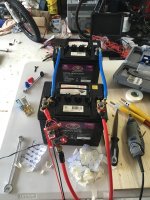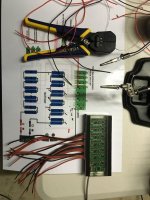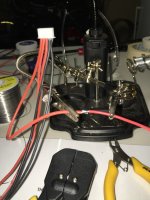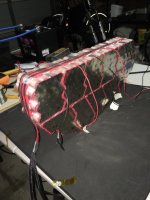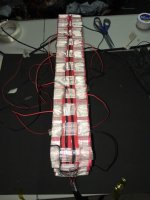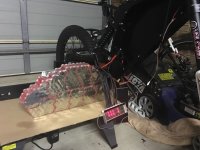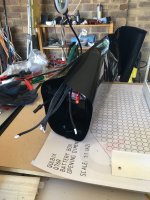Quokka
1 kW
I have been asked by fellow members to show the battery build for my new Qulbix.
Before i kick off a few disclaimers. This was my first battery build and i am definately not a battery guru. There are many different ways of making batteries and this is by no means the "best way" but it was the way that made sense to me at the time of the build given the materials and batteries and welder i had access to.
Important!!! These batteries are dangerous. A mistake could result in a serious fire and as such they need to be treated with caution and respect.
Now.... On to the build.
My aim for the battery was to build something that maximized the capacity of the frame and to get some pretty decent amperage. I decided on a 20s 12p battery.
The cells i chose were the 3500ma Sanyo GA cells. If building the pack again i would probably go for Samsung 30Q cells as they can deliver 30 amps vs the sanyo's 10 amps for not much less capacity. I had massive issues with freighting these due to a change in lithium ion battery transport regulations. Hopefully the couriers sort this out soon as it was nearly a show stopper for me.
Before i kick off a few disclaimers. This was my first battery build and i am definately not a battery guru. There are many different ways of making batteries and this is by no means the "best way" but it was the way that made sense to me at the time of the build given the materials and batteries and welder i had access to.
Important!!! These batteries are dangerous. A mistake could result in a serious fire and as such they need to be treated with caution and respect.
Now.... On to the build.
My aim for the battery was to build something that maximized the capacity of the frame and to get some pretty decent amperage. I decided on a 20s 12p battery.
The cells i chose were the 3500ma Sanyo GA cells. If building the pack again i would probably go for Samsung 30Q cells as they can deliver 30 amps vs the sanyo's 10 amps for not much less capacity. I had massive issues with freighting these due to a change in lithium ion battery transport regulations. Hopefully the couriers sort this out soon as it was nearly a show stopper for me.




